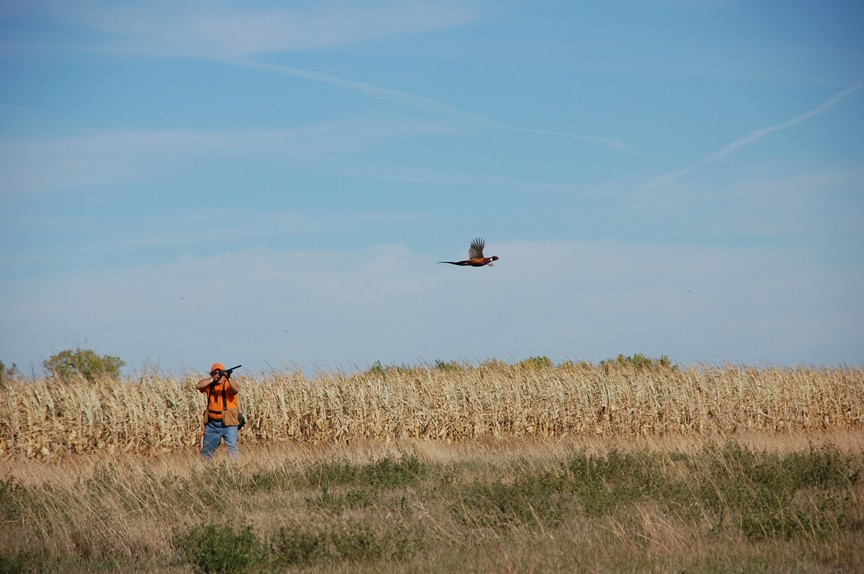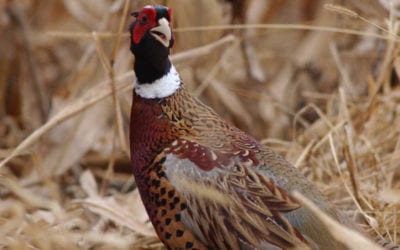BOONE – Based on the positive comments that filled Todd Bogenschutz’s email and voicemail, Iowa pheasant hunters saw more birds last fall and after last winter’s below normal snowfall that good vibe should continue this season.
Bogenschutz, the upland wildlife biologist for the Iowa Department of Natural Resources, uses winter snowfall and spring rain totals along with historic trends to predict pheasant population swings. For five years in a row, heavy winter snow followed by cool wet springs sent Iowa pheasant numbers into a free fall bottoming out in 2011.
But after more favorable winter/nesting seasons, including most recently in back to back years, things are looking up for ringnecks.
“We had a good winter and should have had good pheasant and quail survival. Every region in the state was below normal for snowfall, except the east central region and it was only one-inch above normal so we should be poised for an increase in bird numbers as long as we have a good nesting season,” Bogenschutz said. “It will be interesting to see the August roadside survey results.”
The two year reprieve to more normal winter snowfall is encouraging and there are steps landowners can take to help ensure the trend continues – plant shelterbelts and food plots.
Virtually all of Iowa’s winter mortality is attributed to persistent snows or blizzards with the birds dying of exposure, to predators or from the weather. Well designed shelterbelts provide important cover and food plots an additional food source to help pheasants, quail and other wildlife survive periods of prolonged or heavy snow.
A food plot associated with a shelterbelt likely improves survival because food plots provide additional winter habitat as well as food. Pheasants can get a meal quickly and limit their exposure to predators, maximizing their energy reserves. “If hens have good fat supplies coming out of the winter, they are more likely to nest successfully,” said Bogenschutz.
Planning shelterbelts and food plots for next winter should begin this spring and there are a few things landowners should keep in mind when designing these areas.
• Corn provides the most reliable food source throughout the winter as it resists lodging in heavy snows. Sorghum or milo provides better winter habitat. Pheasants prefer to eat corn. Half-corn and half-sorghum plots make the best of both worlds.
• Place food plots next to wetlands, CRP fields, or multi row shrub conifer shelterbelts that provide good winter habitat and away from deciduous trees that provide raptors with a place to sit.
• The size of the food plot depends on where it is placed. If it’s next to good winter cover, the smaller the plot can be with two acres being the minimum. If winter cover is marginal, like a road ditch, then the plots must be larger, in the 5-10 acre range, to provide cover as well as food.
• Depending on the amount of use, some food plots can be left for two years. The weedy growth that follows in the second year provides excellent nesting, brood rearing and winter habitat. Food plots that have heavy deer use generally need to be replanted every year.
Cost share assistance or seed for food plot establishment is available from most county Pheasants Forever chapters or local co-ops. For information on how to establish or design shelterbelts or food plots that benefit wildlife, contact your local wildlife biologist www.iowadnr.gov/privatelands
Landowners with existing cropland who want to establish pheasant habitat (winter cover, food plots, nesting cover) should consider Iowa’s pheasant recovery CRP practice. Acres are limited and enrollment is first come, first served. More information on pheasant recovery CRP is available at www.iowadnr.gov/habitat



0 Comments